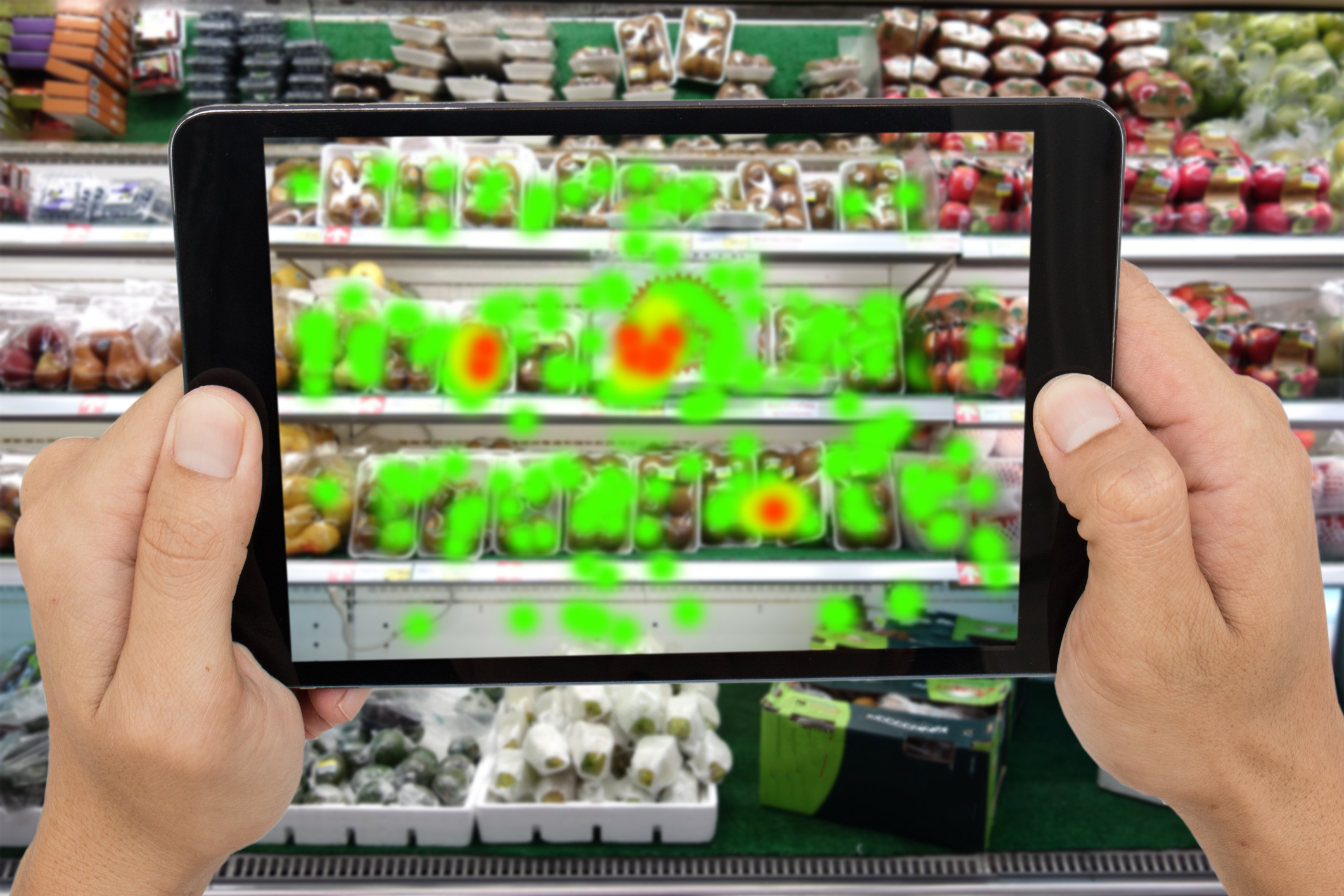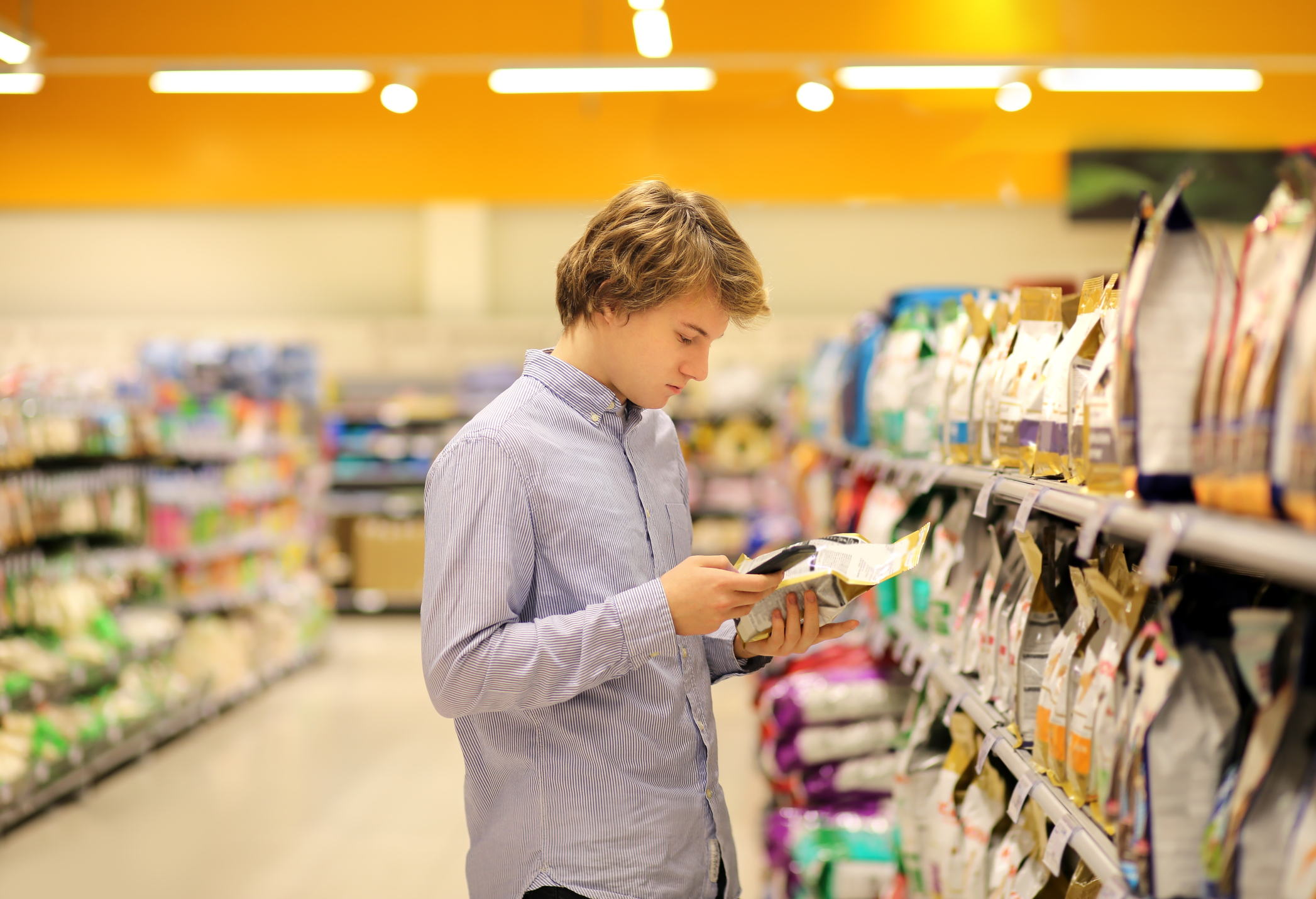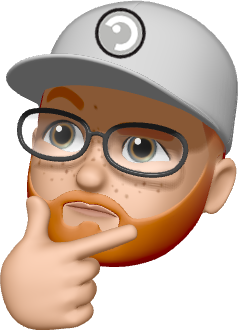

THIRD IN FORCEpkg’S MR. REALITY CHECK SERIES
Packaging Research Adapts To Our Changing World
BY TOM NEWMASTER, Partner, FORCEpkg
P: (610) 823-9813 | W: FORCEpkg.com
We all know that COVID has changed the way consumers shop for everything, including groceries. In fact a recent story in Forbes mentioned that at the start of 2020, over 80% of consumers had never bought groceries online. During the pandemic, however, nearly 79% transitioned to online shopping, showing a growth from $1.2 billion to $7.2 billion. So, brand owners are changing their research methods to better understand this new reality.
1. BEYOND EYE TRACKING
A staple of consumer buying habit research has been eye-tracking and measurement of in-store packaging and displays. However, a classic study by Quirks attempted to go beyond this and look at how emotion can be captured by facial coding, a process that can be costly and time consuming. The research was conducted in stores pre-COVID. But here’s the reality check: “…there is considerable debate regarding the accuracy and sensitivity of automated and quantitative approaches such as this. Web-based shopping trips simply don’t drive very strong reactions that can be documented via facial expression.”

Further complicating the research, according to Quirks, is that shopping itself isn’t as thoughtful an experience as one would believe: “In a world of overwhelming choice down every aisle, it’s clear that shoppers can’t consider all options or rely solely on rational, fact-based product comparisons. Instead, they need to sort through items quickly, and the brands and packages that break through visually and make an immediate visceral connection are most likely to end up in the shopping cart.” Though conducted in store, this research offers fascinating clues for e-commerce. Online shopping presents a similar situation to in-store—only now on steroids. In contrast to retail, there are infinite choices online and infinite distractions. If brand owners want to connect with the consumers quickly in a store, the online experience needs to work at the micro-second.
Reality Check 1: The very speed of online shopping encourages an impulsiveness that retail cannot match. Further, the potential for bundling and upselling is exponentially greater. Buying steaks online? The check-out page will include a deal on steak sauce. The moral of the story? Make sure your brand and package connect visually and viscerally in both venues.

Reality Check 2: Research as it applies to in-store shopping may no longer matter if cities continue to permit theft. According to a recent news report, “Coordinated crime sprees in major cities in California, New York and elsewhere are forcing retailers to close stores and limit operating hours, as packs of shoplifters regularly make off with hundreds of dollars-worth in merchandise to be resold online, at street markets or returned for gift cards.” If this trend continues to cause major retailers to close stores, we may see the research focus shift more and more to consumer behaviors around online shopping.
2. TEACHING THE VALUE OF RESEARCH TO TOMORROW’S DESIGNERS
I’ve been sharing my own experience as a partner at FORCEpkg in Lancaster, PA, teaching a class in package design for the last 11 years at Pennsylvania College of Art & Design (PCA&D). The College emphasizes hands-on real-world learning to prepare students for creative careers. Each year, students are tasked with a project in which they design their own brand of potato chips—specifically the packaging and all the branding elements.
We recently partnered with research firm Designalytics to incorporate an empirically proven method of consumer research to the project.
I had worked with the team at Designalytics on testing new packaging concepts for brands. I felt that, by including these professional researchers on student work, my class could get exposure to the kind of rigorous consumer studies that they would one day encounter in their design careers. Not only that but going through the process of data-driven assessment encourages them to be more objective about their work. In other words, design is about more than “pretty pictures.”

ABOUT TOM NEWMASTER
Tom has 30+ years of experience in CPG branding and package design. From 1998 to 2016, he led creative and won awards for The Hershey Company, Pfizer, Stoner Car Care and Zippo. He has launched new products for Fresh Solutions Network, Koch’s Turkey, Klamath Basin Fresh Organics and Wolfgang Candy to name a few. In 2017 Tom started FORCEpkg and since then has become a leading voice in the packaging industry and has written for publications such as BXP, Flexo Magazine, International Package Design, FoodDIVE and others.
The potato chip packaging project is the first major assignment in the class and starts with competitive category reviews, brand/logo designs, and then moves on to creating packaging graphics that emphasize a product’s points of difference.
3. HOW THE PROCESS WORKED
– The class was made up of 4thyear students who, up to this point, had not been exposed to packaging and branding focused on specific consumer/shopper behaviors and category trends.
– They were shown examples of previous student work, built a mini-consumer competitive review, then began the logo design process for a brand that could compete in that specific consumer product set.
– For the first time, students had their designs evaluated with real-world research tools that are used by professional brand managers and packaging design firms.
The testing methodology and exercises were evaluated according to:
- Purchase preference
- Standout
- Findability
- Communication of decision-driving attributes
- Spontaneous associations
- Mental availability (via distance recognition and distinctive assets)
- Resonanse
4. MEASURING CONSUMER RESPONSE
Designalytics evaluates pre-market package designs for leading consumer brands using its online research technology platform. For students’ projects, the company tested the designs with more than 5,000 consumers, applying industry-level rigor to the process. The research provided an objective view of the designs’ performance across key dimensions, including overall purchase preference, ease of navigation, messaging effectiveness, consumer sentiment toward specific design elements, and more. Students received both quantitative metrics and qualitative consumer feedback to help them understand the “why” behind their designs’ performance and identify opportunities for creative refinement.
I believe the perspective that students gain from this kind of professional study gives them a competitive advantage. It’s not the type of collaboration that you see often, so we’re pleased to be a pioneer in this approach. And by the way, the study was conducted during the pandemic.

For more information about FORCEpkg,
contact Tom Newmaster directly.
